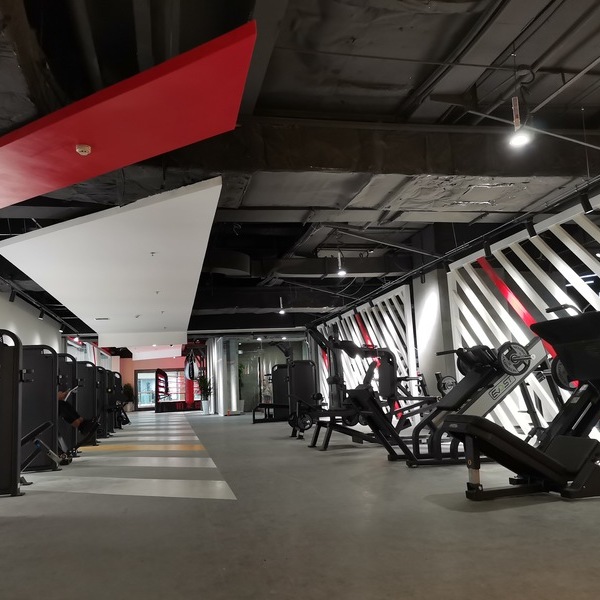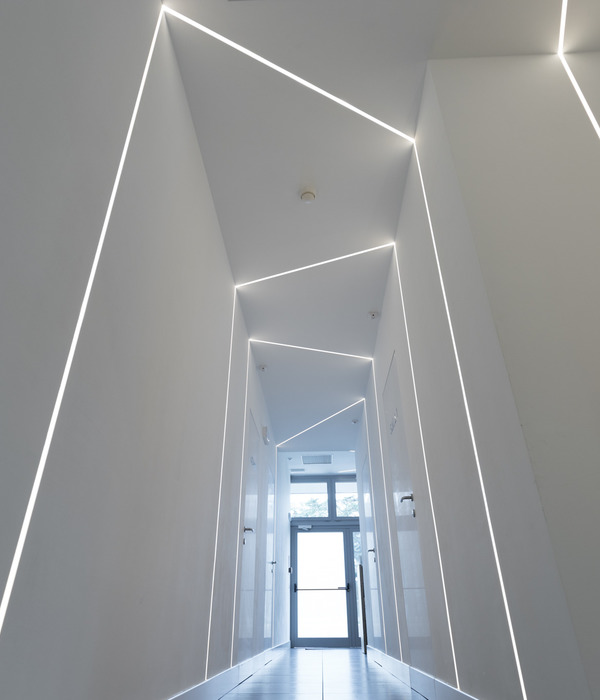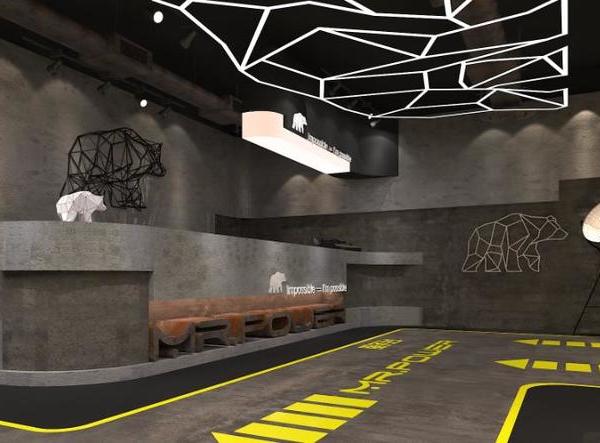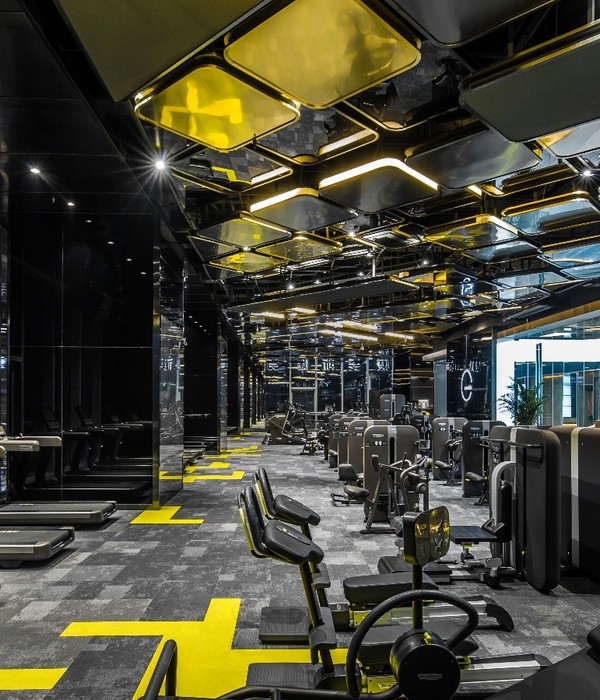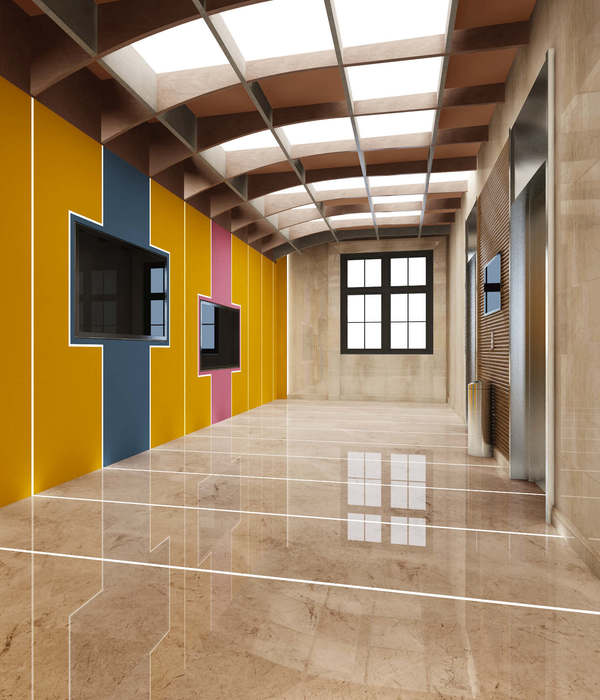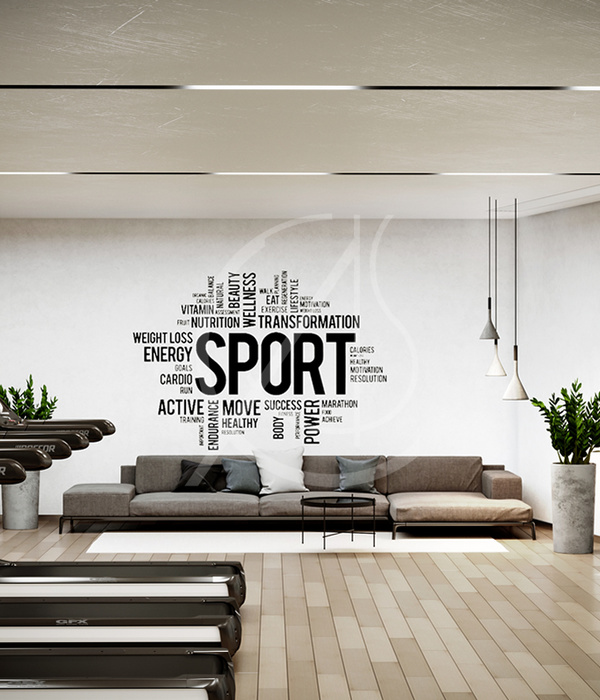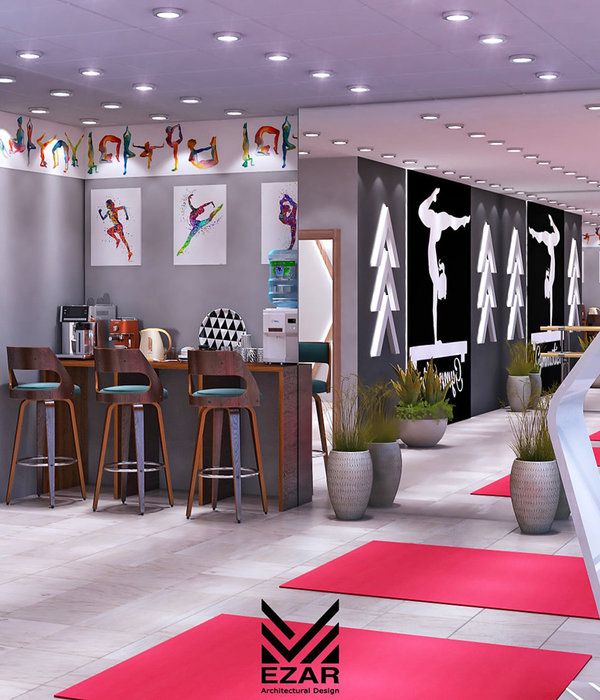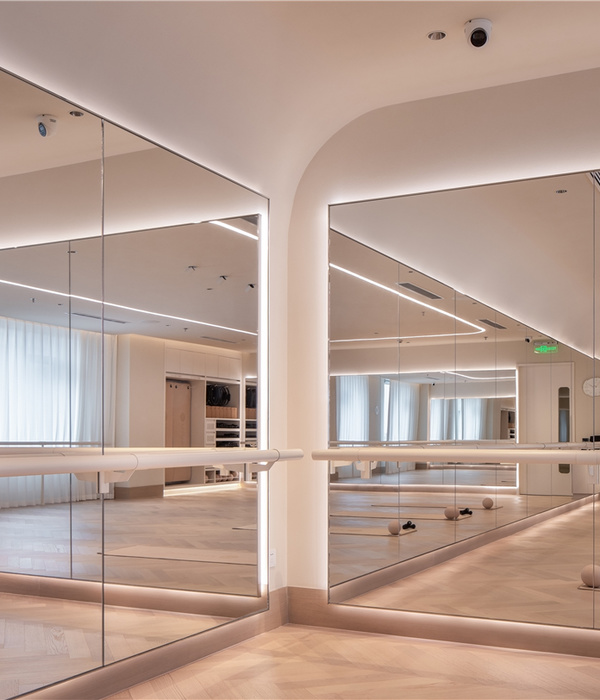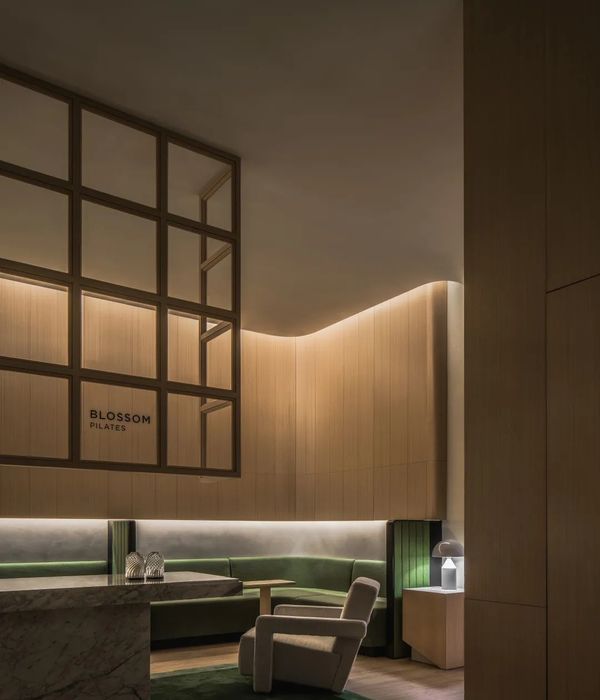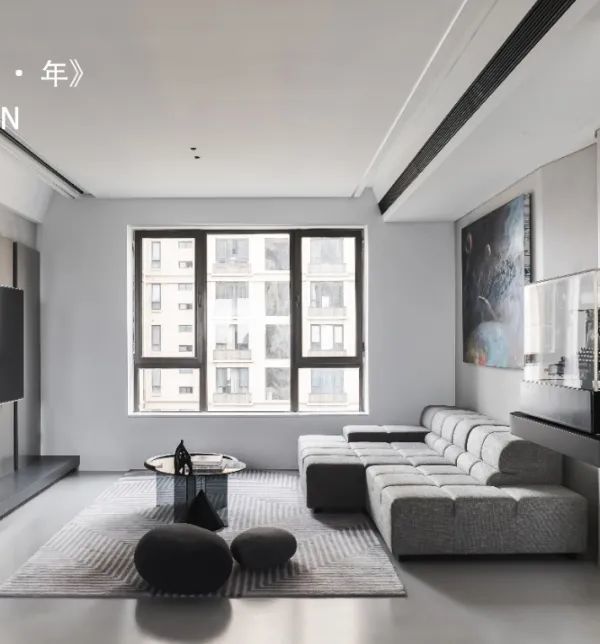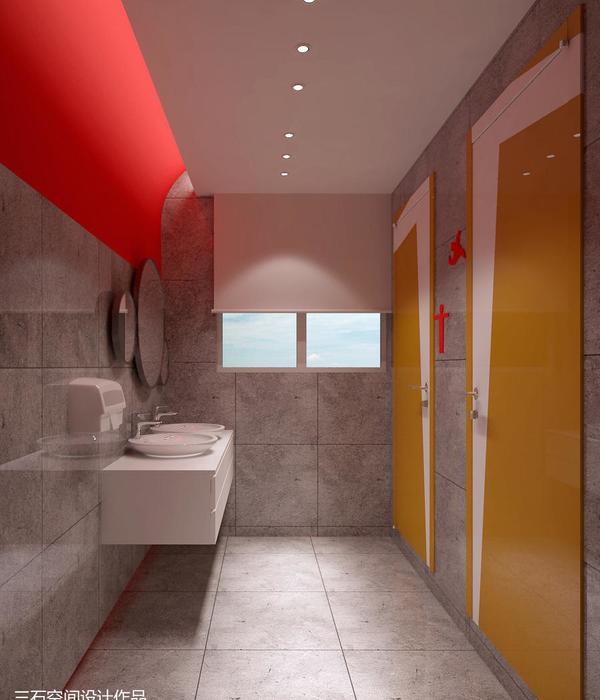Architect:Maru Architecture
Location:3 Chome-1-46 Taijō, Matsubara, Osaka, Japan
Project Year:2019
Category:Libraries
Project Overview
This project in Matsubara, Osaka Prefecture replaced an existing library on the same site. The original building was located adjacent to a reservoir pond in a park where many of the city’s cultural facilities are concentrated, and the client intended to fill in the pond to build the new structure. Firms were asked to submit proposals addressing both design and construction. Our winning proposal viewed the pond-side site as a unique project condition, and instead of filling it in, suggested building the library directly out into the water. The proposal received high marks for both its creativity and its streamlining of the construction process and budget.
Architecture beyond the boundary of natural and artificial
When we visited Matsubara, we were struck by the reservoir ponds and ancient tombs dotted throughout the city. These man-made structures were on a much larger scale than the residential neighborhoods surrounding them, and over the course of many years had come to resemble natural landforms. They brought to mind civil engineering projects on a grander scale than architecture, reflecting our own project’s unique conditions—that is, a library built in a pond.
Elements from civil engineering
This led us to envision a building with outer walls standing powerfully in the water, more similar to a civil engineering project than an architectural one. In order to protect the building from water, absorb horizontal force during earthquakes, and provide the needed insulation, we chose to construct these walls from 600 mm reinforced concrete, three times thicker than what is normally used. We included only as many windows as were needed to provide the natural light and ventilation for a pleasant reading environment. These powerful outer walls allowed us to secure an ideal human space inside.
600-mm-thick outer walls mean more freedom inside
Thanks to the sturdy outer walls that absorb all seismic load, we were free to implement a split-level design inside the building using a steel framework. The gradually staggered floors reveal glimpses of the adjacent floors, resulting in a unified space.
Making the most of the pond
The spiraling circulation route gives rise to rich sensorial experiences as patrons move multidimensionally through the book-filled space and also pulls air through the building. Windows are placed so as to effectively draw in air chilled by evaporative cooling from the pond, while staggered voids linking the first through third floors conduct refreshing natural ventilation through the entire building.
Outer walls gracefully reflect the passage of time
The building’s concrete surface bears varied patterns from the rough plywood formwork used to construct it, creating a texture that seamlessly absorbs the changes brought about by time rather than setting up a dichotomy between the new building and the passage of time. In addition, the power and mass of the outer walls render the contrasting movements of people and the natural world more noticeable and giving rise to a sense of passing time.
A timeless building
Within this building, a sense of the grand scale of time evoked by the massive outer walls coexists with a sense of everyday time evoked by the rippling water and passing pedestrians and bicyclists. Our hope is that it will continue to be a part of this community for many years to come.
▼项目更多图片
{{item.text_origin}}

